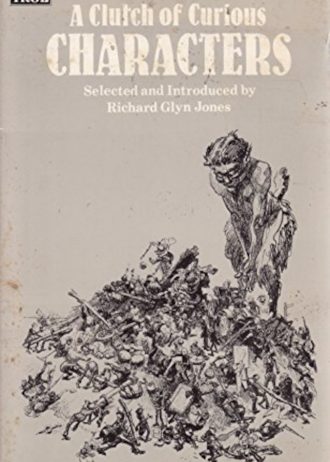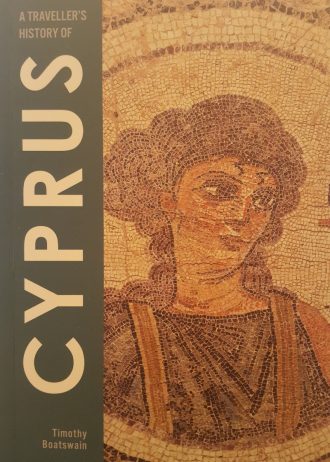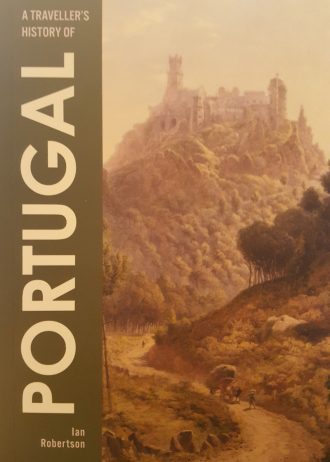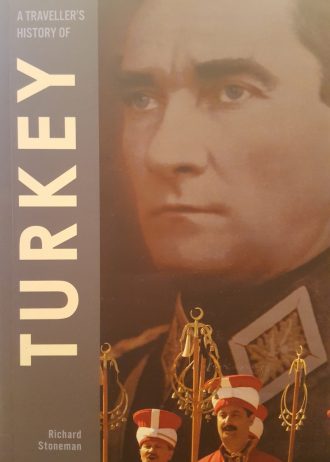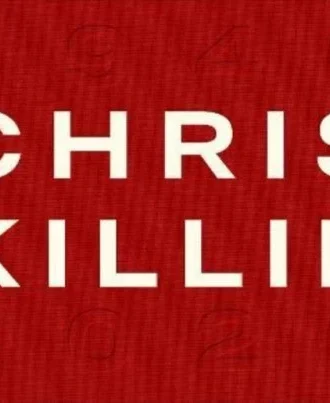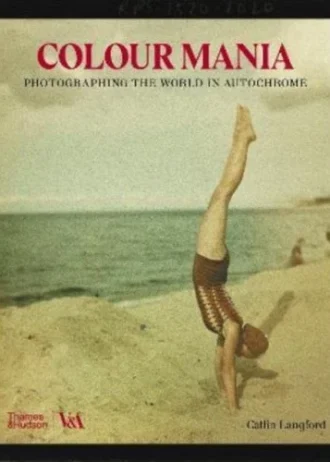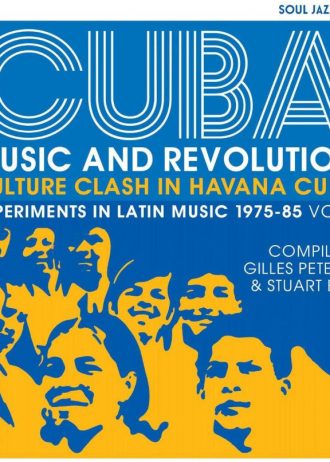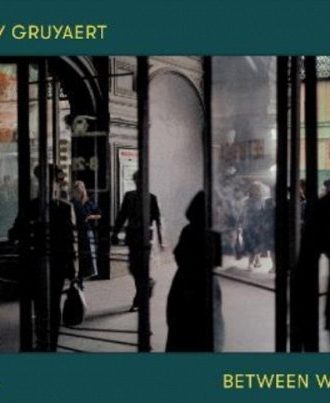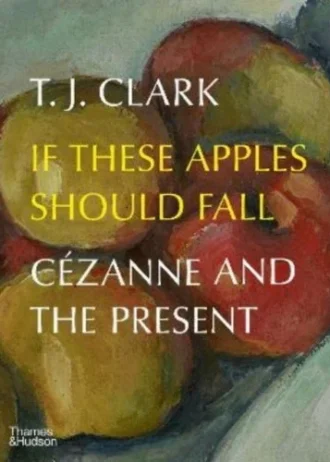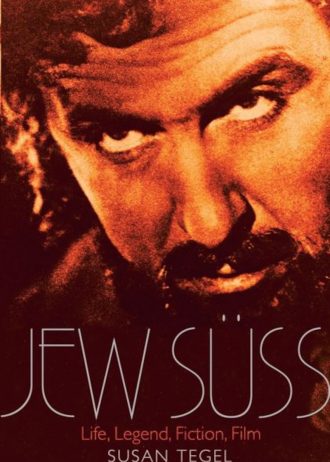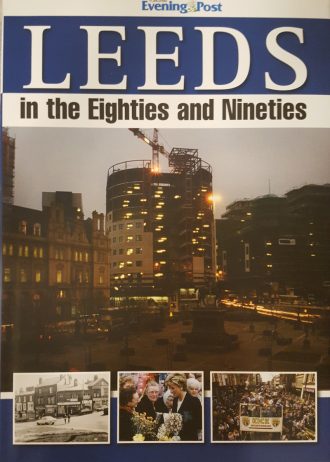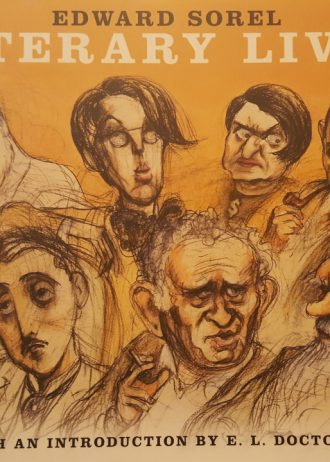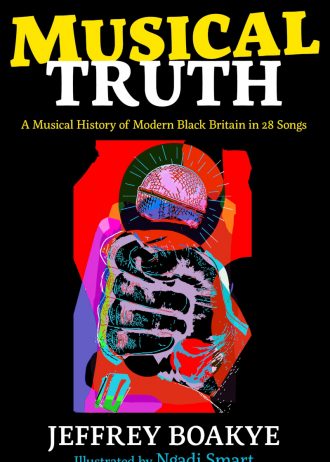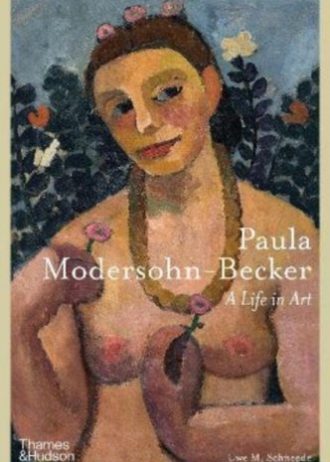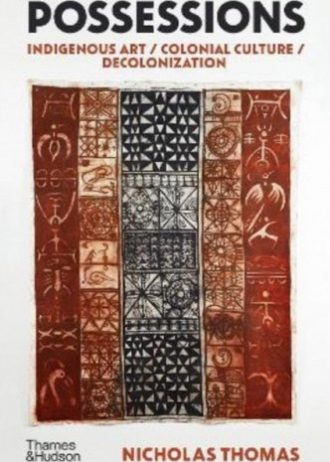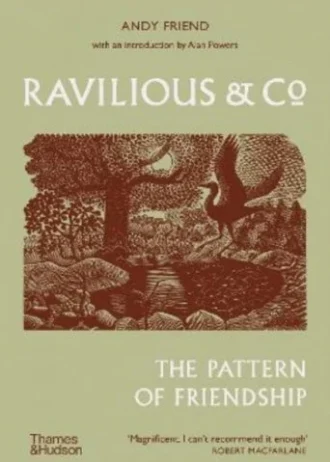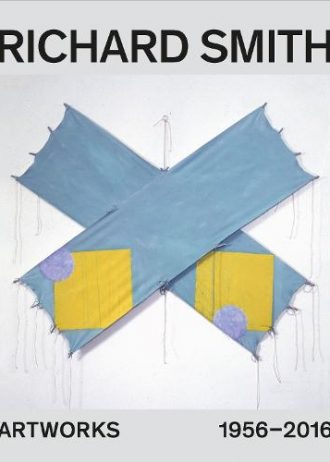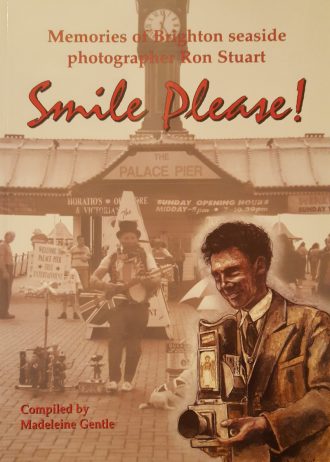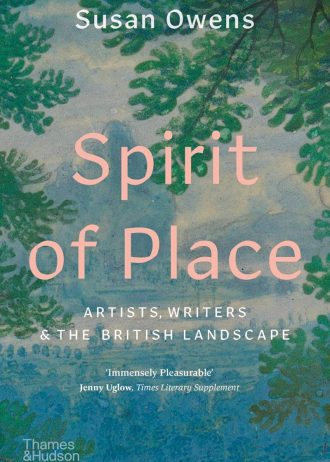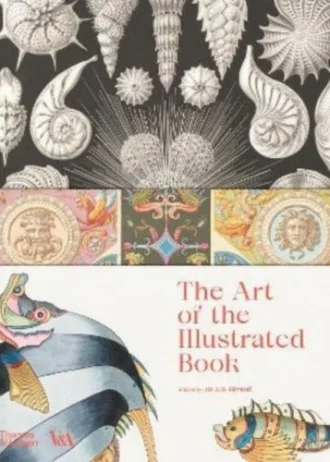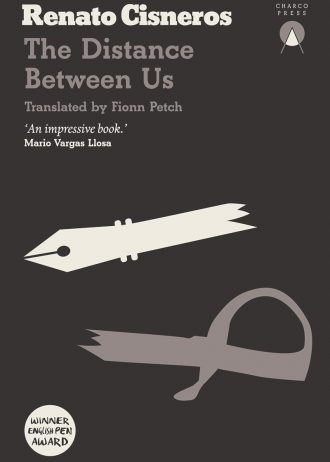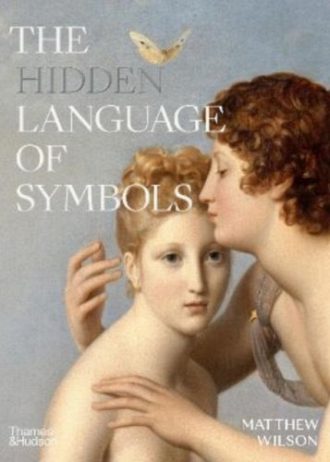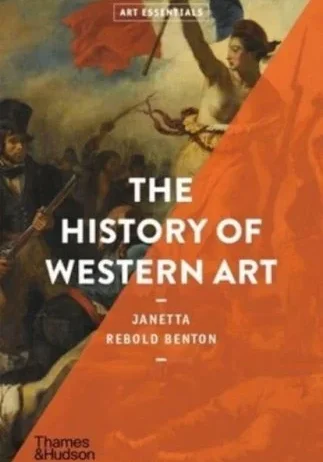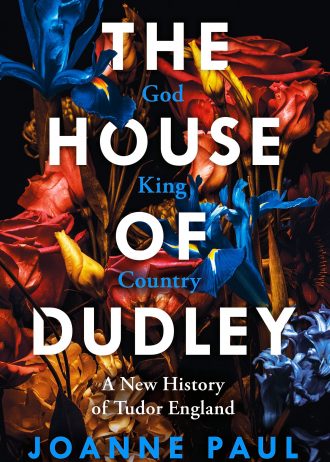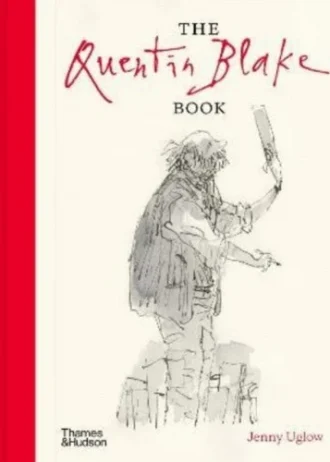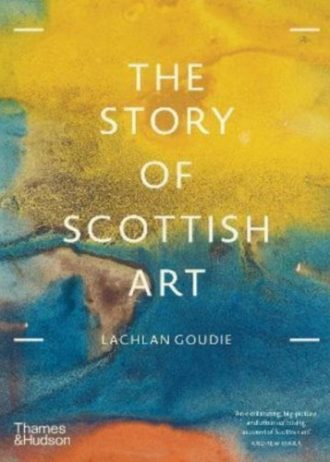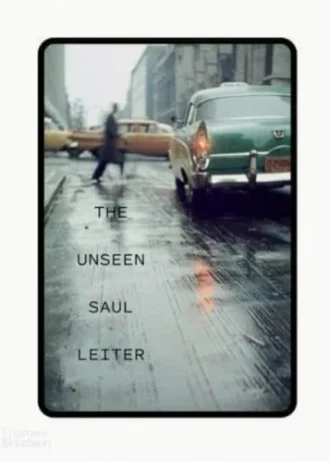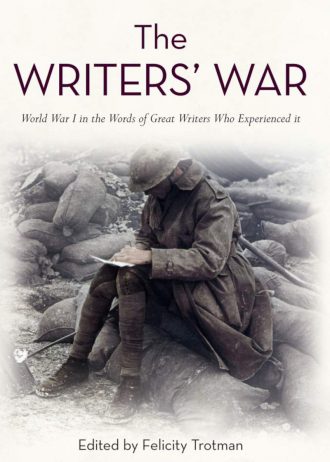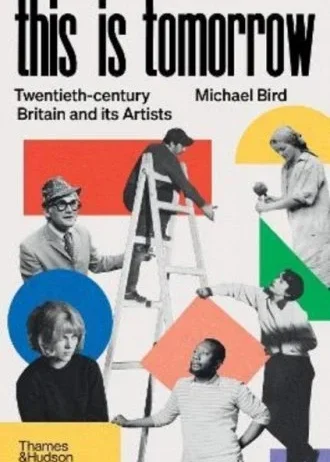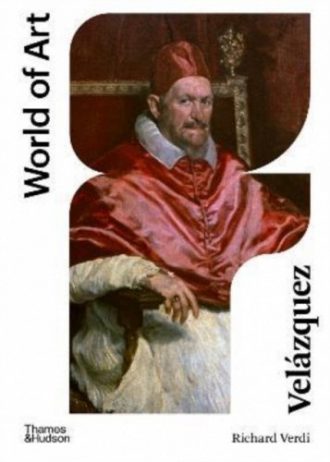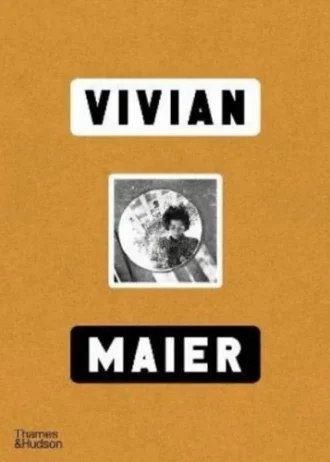A Clutch of Curious Characters
£4.95A historic edition:
Meet Monsieur Benoit, who appeared suddenly in Paris with a scheme for telegraphing messages across the world (or, at least, across the room) by means of electricity and the telepathic power of snails, and actually raised the money to build this extraordinary machine.
His powers of persuasion clearly exceeded those of Colonel Baker, who seemed the personification of Victorian solidity until that embarrassing incident in the sealed railway compartment, where he failed to entice Miss Dickinson to join in his bit of fun, and afterwards had to try and explain his conduct to the High Court, with the whole nation hanging on his every word.
Here is a fascinating collection of some of history’s most extraordinary characters. Richard Glyn Jones has cast his net wide to gather these accounts of human oddity and eccentricity, and the standard of his writing is high, with Lytton Strachey, Derek Hudson, Christopher Sykes and Ronald Knox among the authors included. Hilariously funny, sometimes rather sad, but invariably interesting, this is a superbly diverting book. And, with a couple of tiny exceptions, it’s all true.

